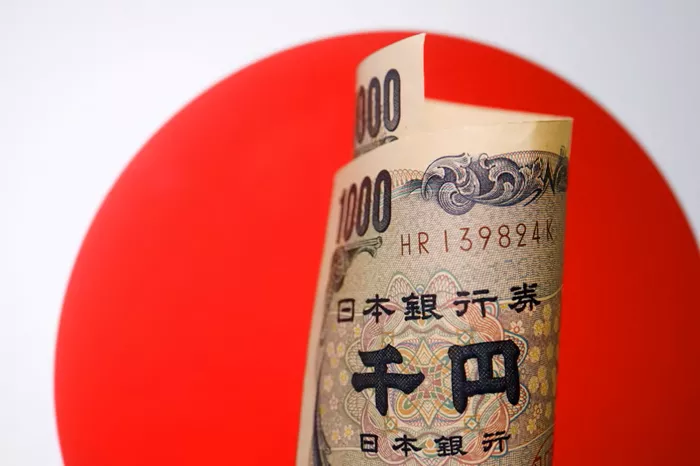The Japanese yen has shown signs of further appreciation, driven largely by market expectations that the Bank of Japan (BOJ) will adopt a more hawkish monetary policy stance. In July 2024, the BOJ surprised markets by raising its policy interest rate from 0.1% to 0.25%, a move that exceeded broad market expectations and was seen as a signal toward monetary policy normalization.
Following the rate hike, the USD/JPY exchange rate fell sharply from above 160 to around 142, marking the yen’s strongest level against the dollar in nearly three decades. Analysts from JPMorgan Private Bank noted that despite the sharp market reaction to the BOJ’s policy adjustment, the yen remains undervalued in the long term. They expect the currency to fluctuate within a range over the coming months and gradually strengthen further by mid-2025.
Another factor contributing to the yen’s rise is the narrowing interest rate differential between Japan and the United States. The BOJ’s rate increase has reduced the gap with U.S. Federal Reserve rates, diminishing the appeal of carry trades that previously benefited from higher U.S. yields. According to analysts at Bank of China, the unwinding of yen carry trades could lead to further significant appreciation of the yen, with potential ripple effects on global financial markets.
However, the yen’s appreciation also presents challenges. Data released in October 2024 showed that higher import costs driven by currency depreciation had contributed to accelerating inflation in Japan. This inflationary pressure adds complexity to the BOJ’s future monetary policy decisions, balancing between controlling inflation and supporting economic growth.
Overall, market expectations of a hawkish shift by the Bank of Japan have been a key driver behind the yen’s recent strength. Going forward, the yen’s exchange rate will be influenced by BOJ policy decisions, Japan-U.S. interest rate differentials, and broader global economic conditions.
Related Topics:

